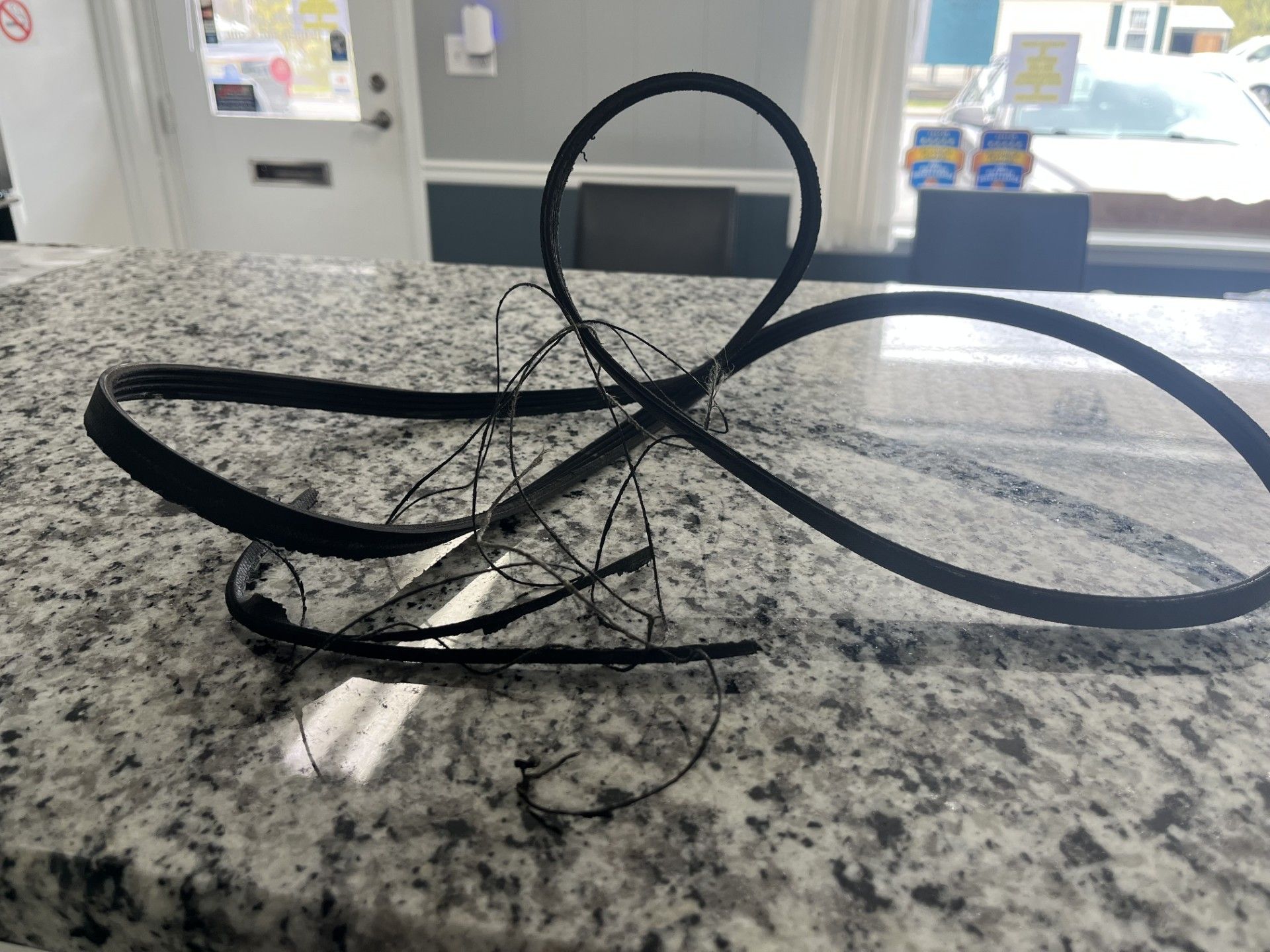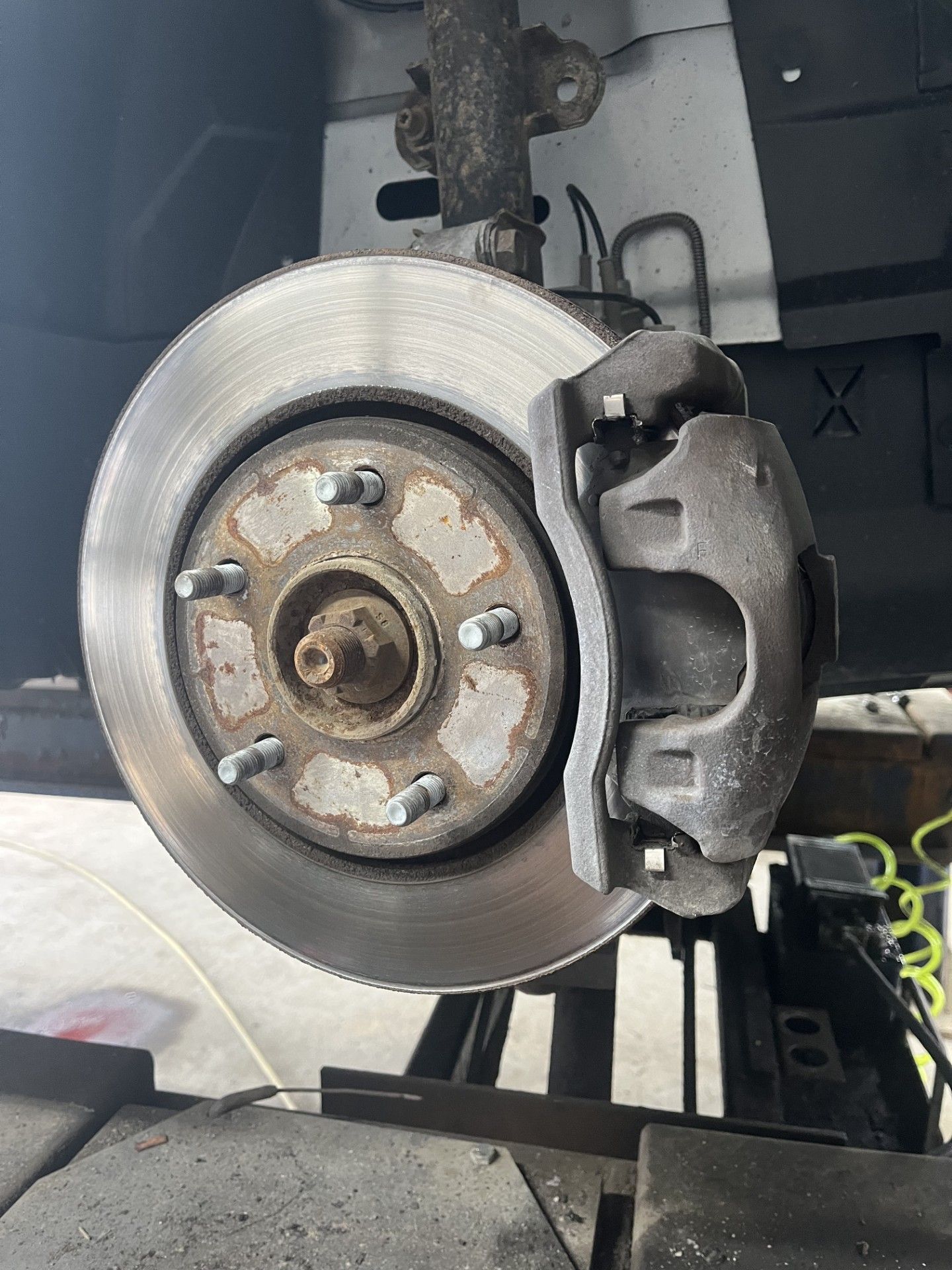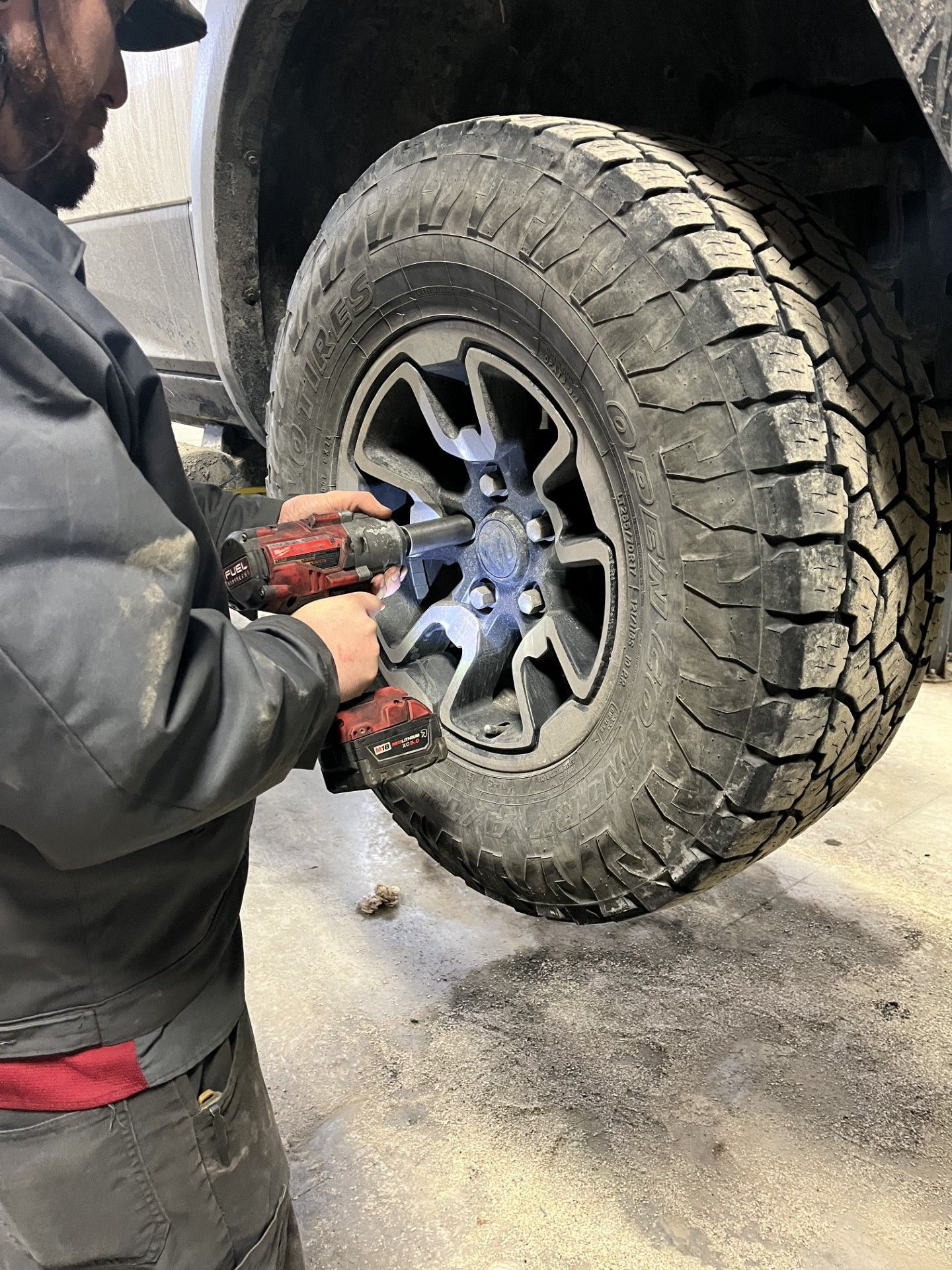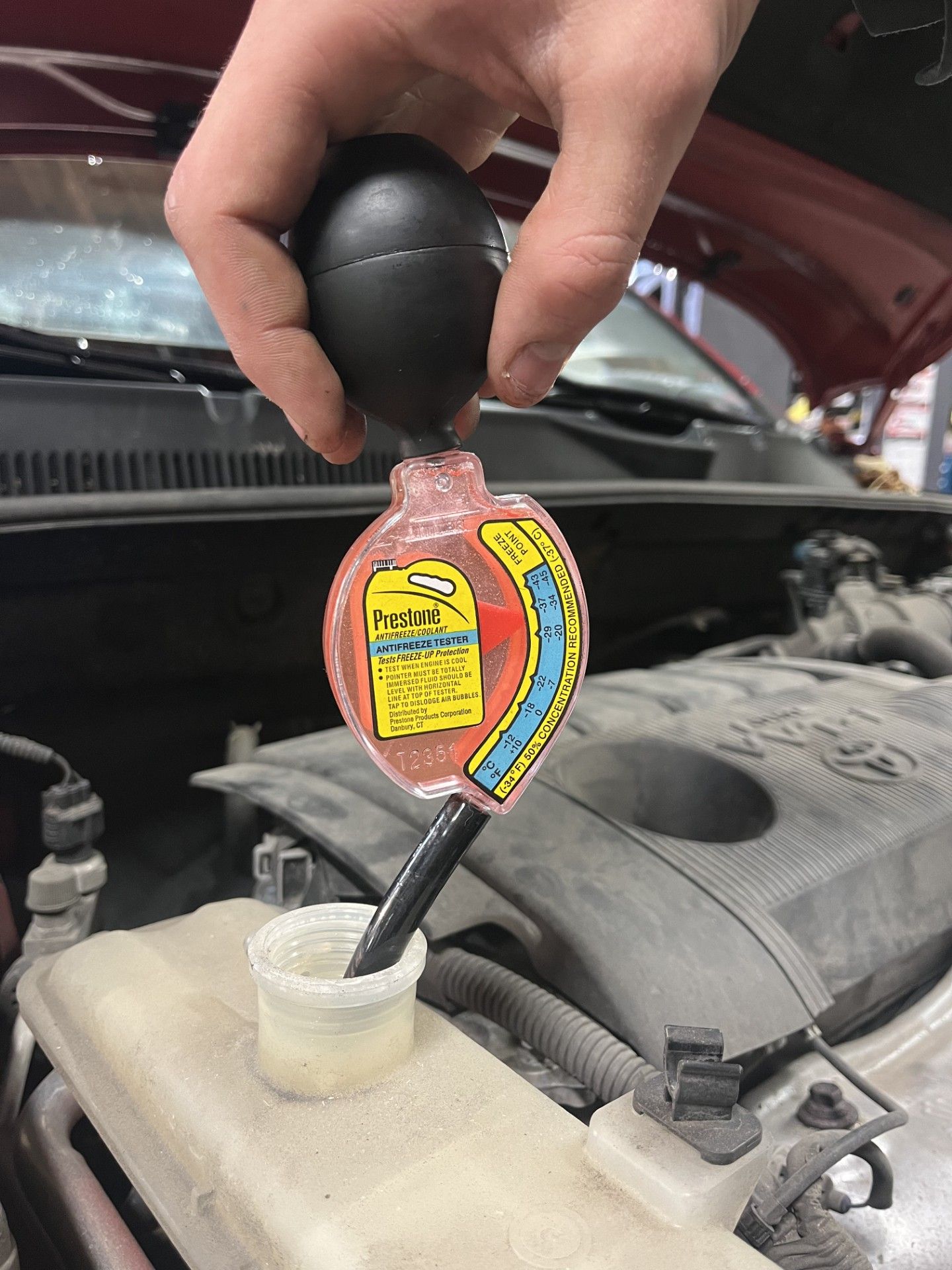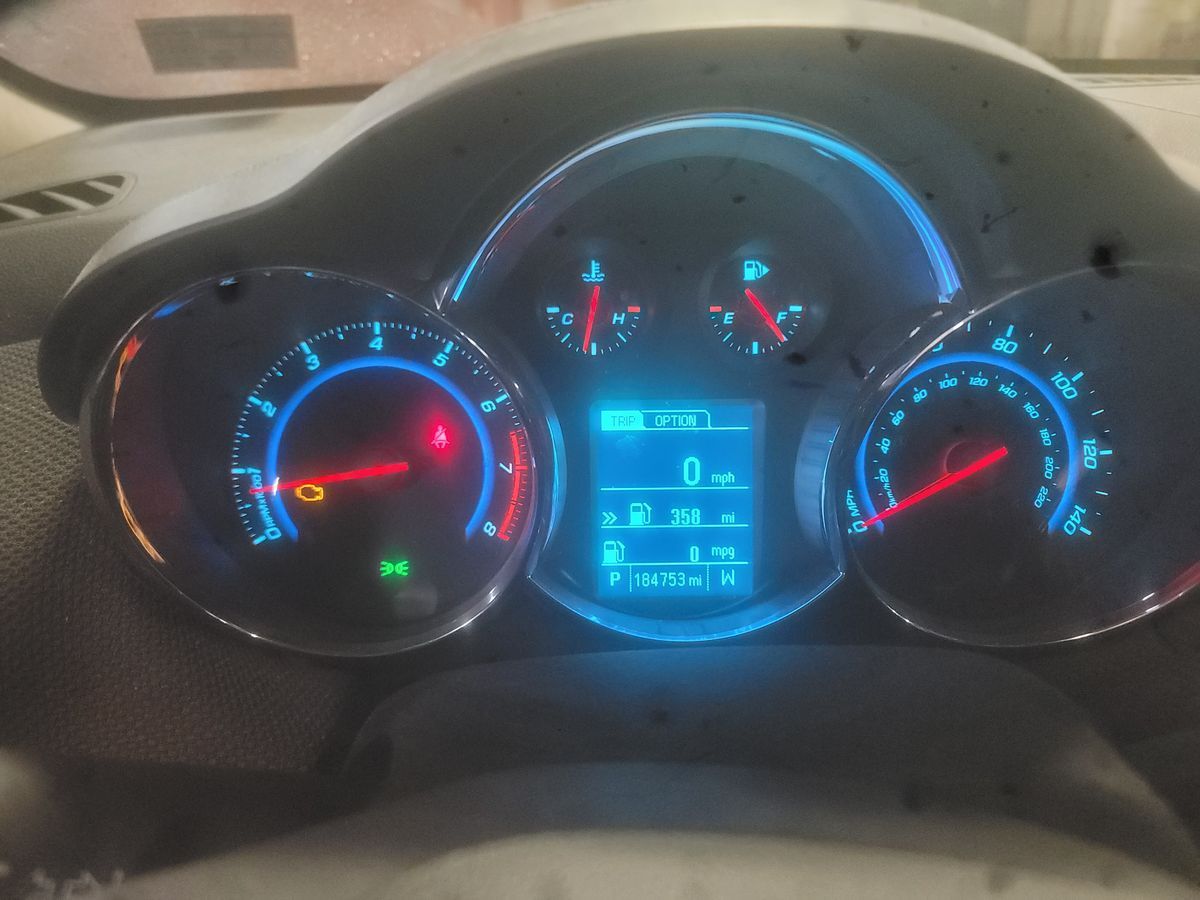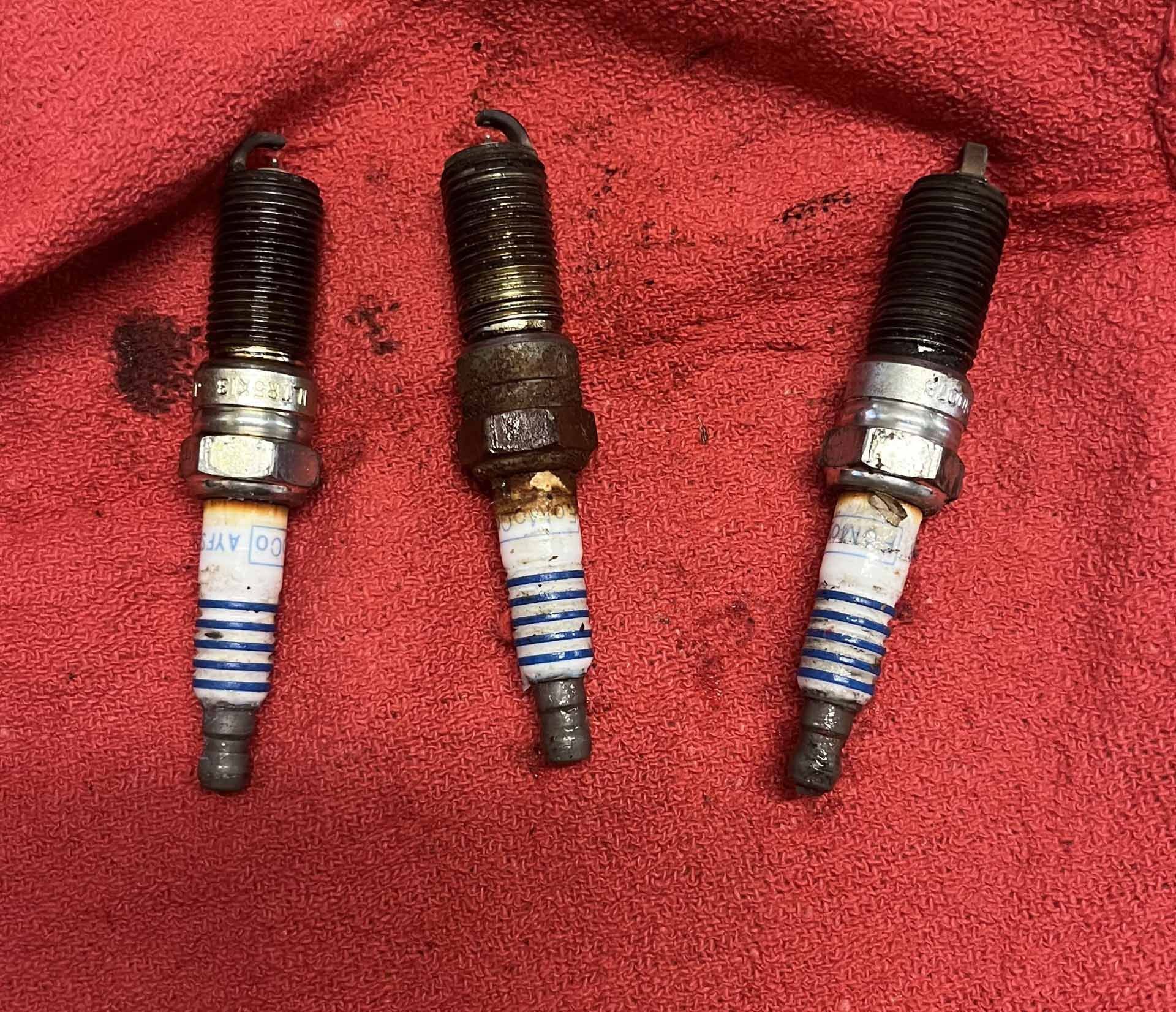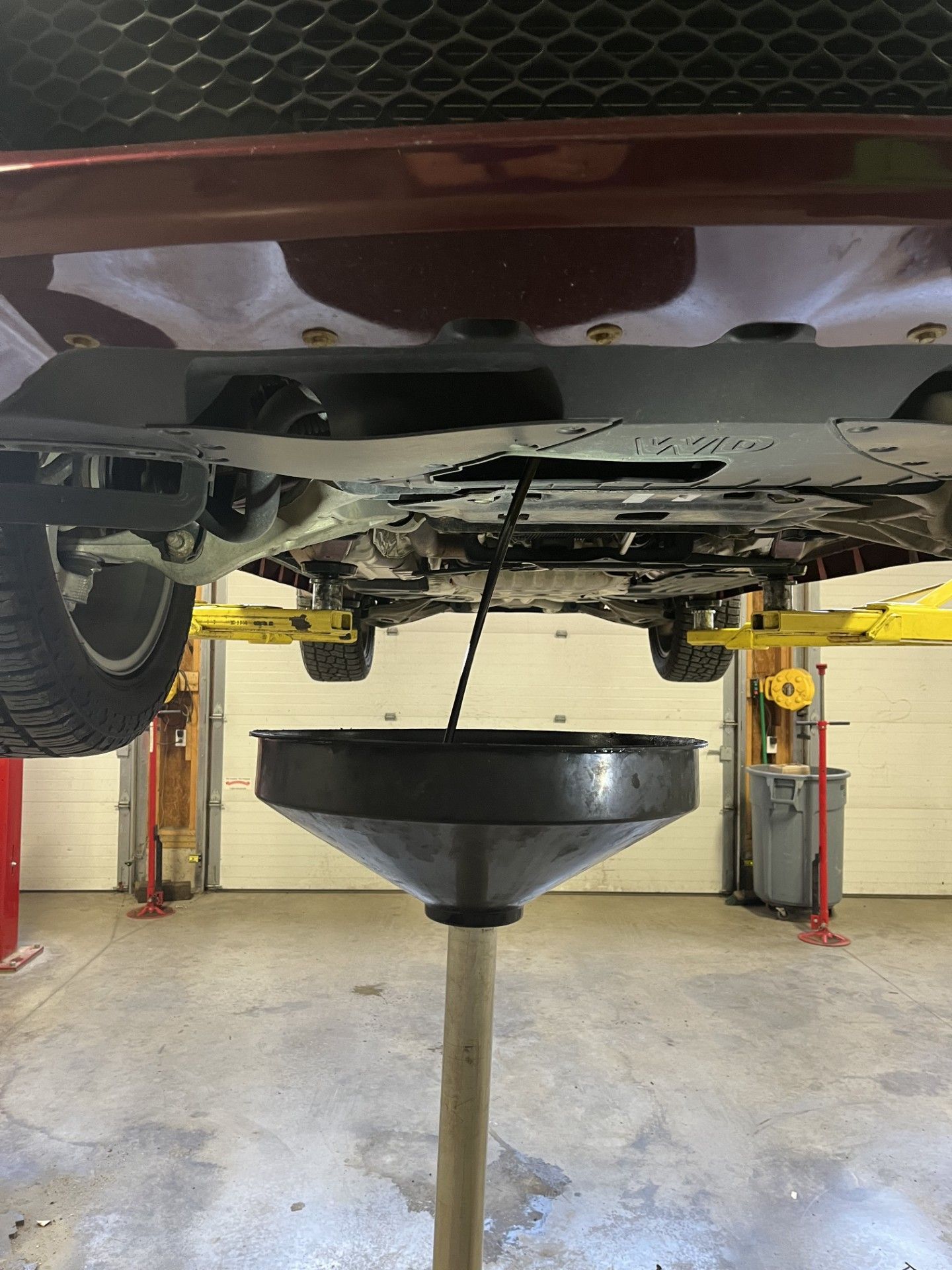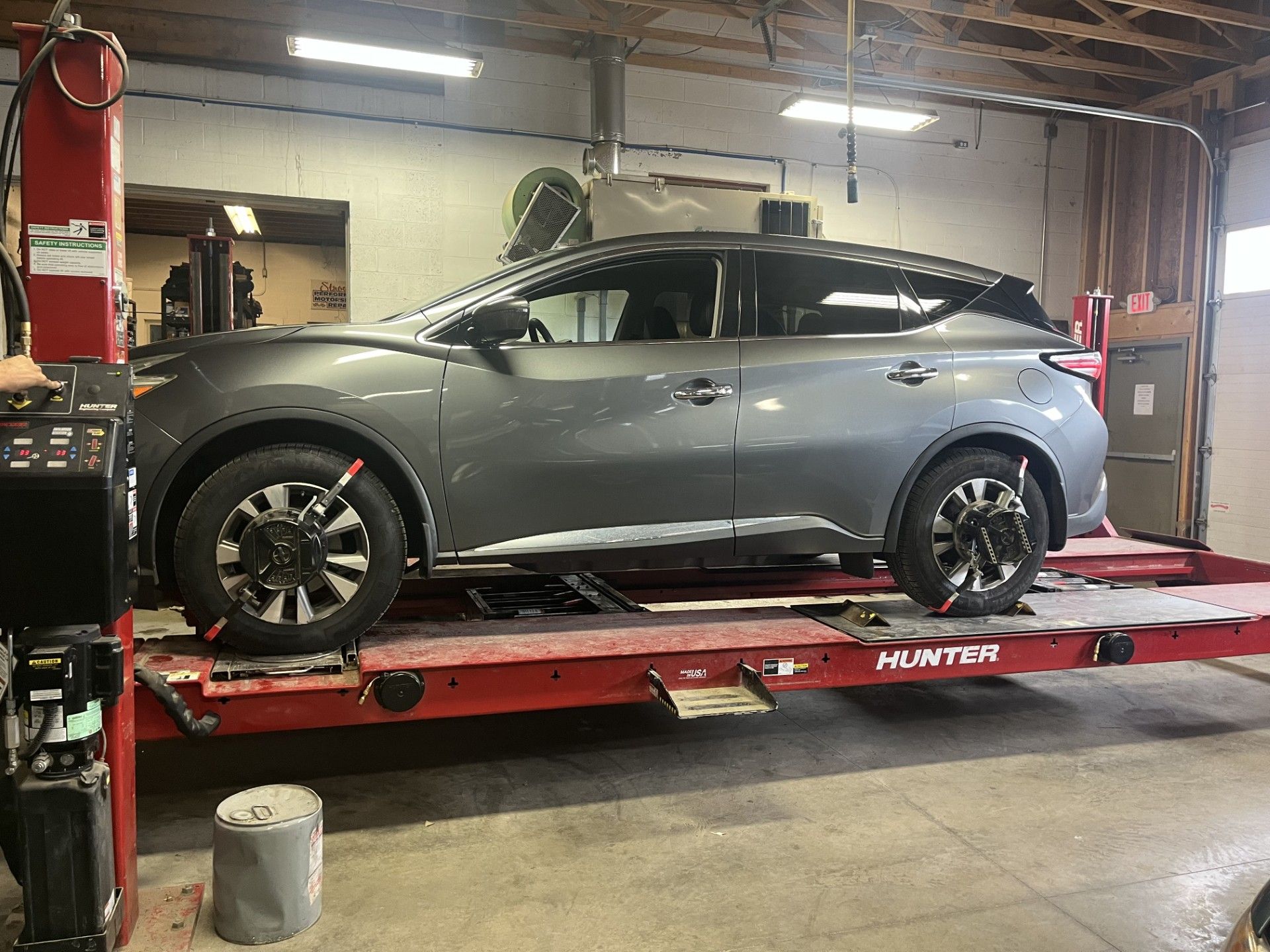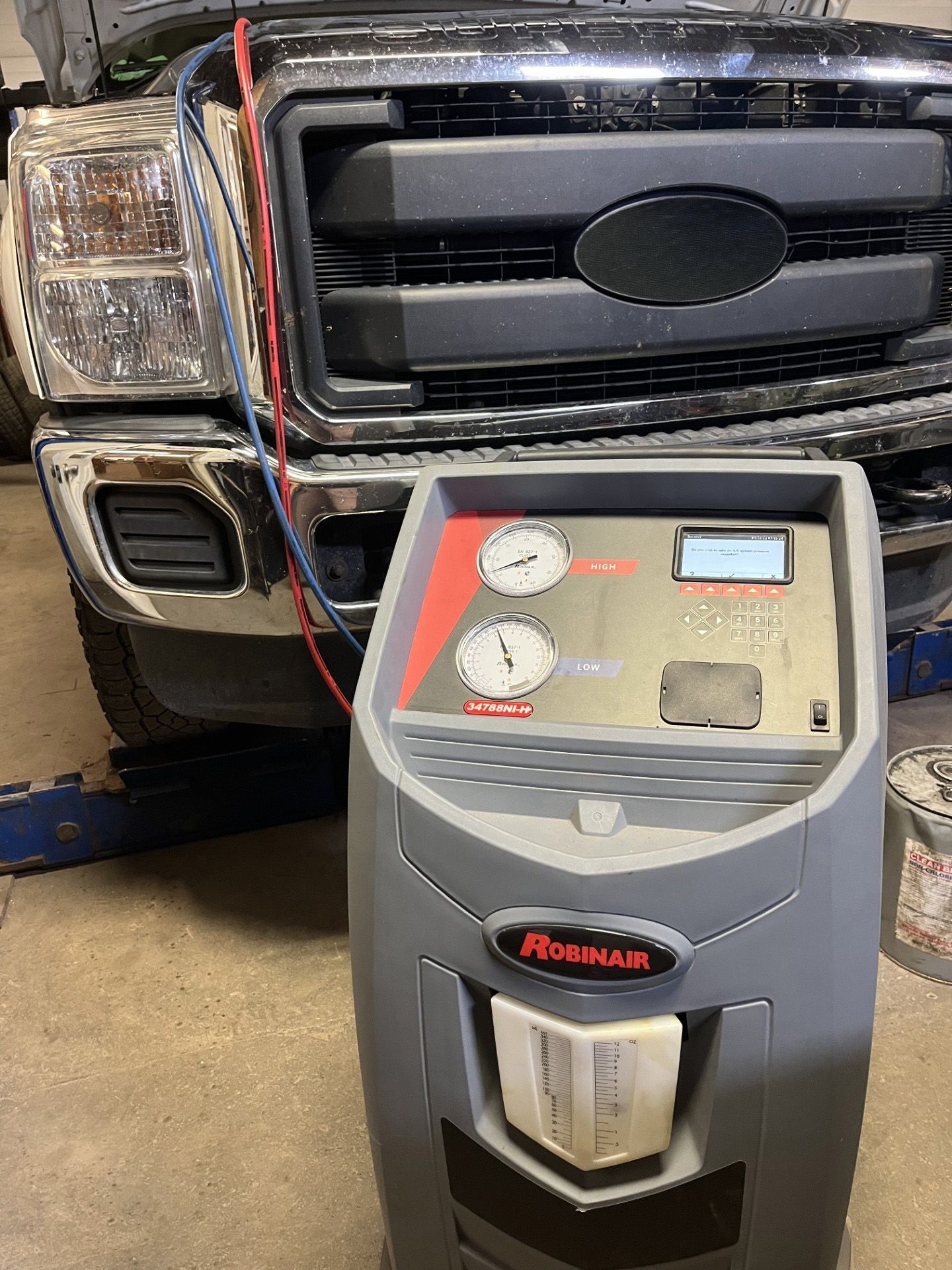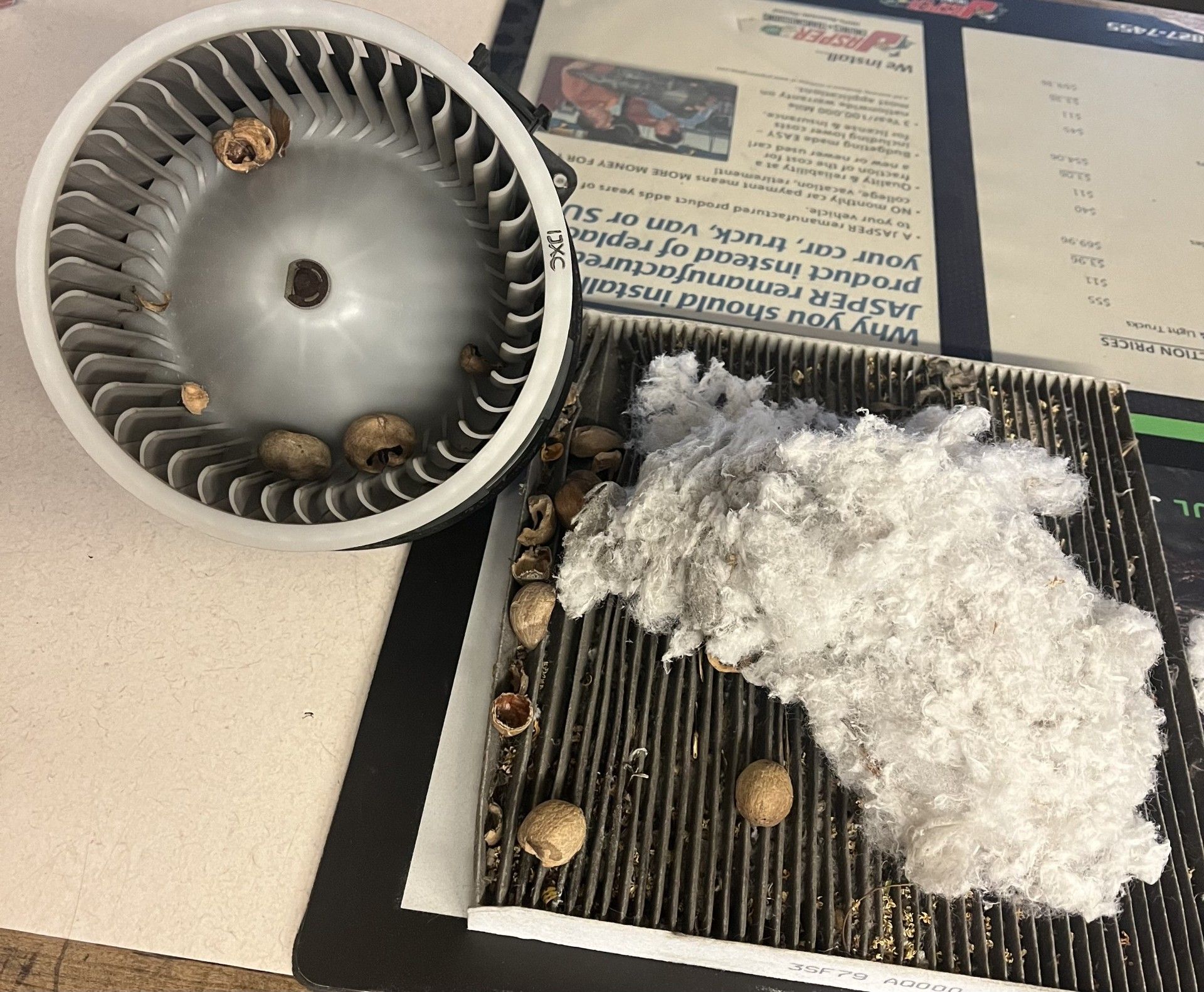Winter time car kit
Winter time car kit
- ice scraper and brush & collapsible shovel
- gloves, hats, blankets,
- rock salt or kitty litter
- flashlight & portable charger
- emergency contact list of numbers
- jumper cables
- snacks (jerky, nuts, granola bars, dried fruits)
- first aid kit (bandaids, etc.)
Picture yourself stuck on a remote road during a blizzard. Can you pinpoint your location for emergency responders? And do you have the essentials to survive until help arrives? Just a couple of years ago, many unfortunate people had to confront these very questions. In January 2022, a massive snowstorm slammed the East Coast, leaving hundreds of drivers stranded in freezing conditions after a major crash on I-95 in Virginia. Some were trapped for over 24 hours with no food, water, or supplies—only what they happened to have in their vehicles. If you found yourself in that situation, would you have been ready? If you’re not sure, the answer is likely “no.” Be prepared for winter emergencies by keeping a few essentials in your car. Pack blankets, mittens, socks, and hats to stay warm, along with an ice scraper and snow brush. A flashlight with extra batteries is a must, as are jumper cables and a basic first-aid kit with band-aids, antiseptic wipes, and gauze. Bring bottled water, a multi-tool, road flares or reflective triangles for safety, and windshield cleaner to keep your view clear. Taking the time to prepare now can make all the difference later. A few simple supplies could mean staying warm, safe, and hydrated while you wait for help. Don’t let a winter storm catch you off guard—plan ahead, because being ready might just save your life.
How to use jumper cables:
How to use jumper cables:
Step 1: Put both cars in park and turn them off.
Step 2: Attach the red clamp to the positive (+) terminal of the dead car.
Step 3: Attach the other red clamp to the positive (+) terminal of the helper car.
Step 4: Attach the black clamp to the negative (-) terminal of the helper car.
Step 5: Attach the other black clamp to an unpainted metal surface on the dead car. Note: It is important NOT to connect directly to the negative (-) terminal of the dead battery. Doing so could cause spark that ignites flammable gasses. Grounding to unpainted metal reduces this risk.
Step 6: Start the helper car. Note: Steadily revving the helper car between 1500-2500 RPMs for one to two minutes will expedite the charging process.
Step 7: Attempt to start the dead car.
Step 8: Whether the dead car starts or not, remove cables in the reverse order.
An alternative to jumper cables is a self-contained battery jumper. This small electronic jumper can help you kick start your battery without the need of another motorist.


